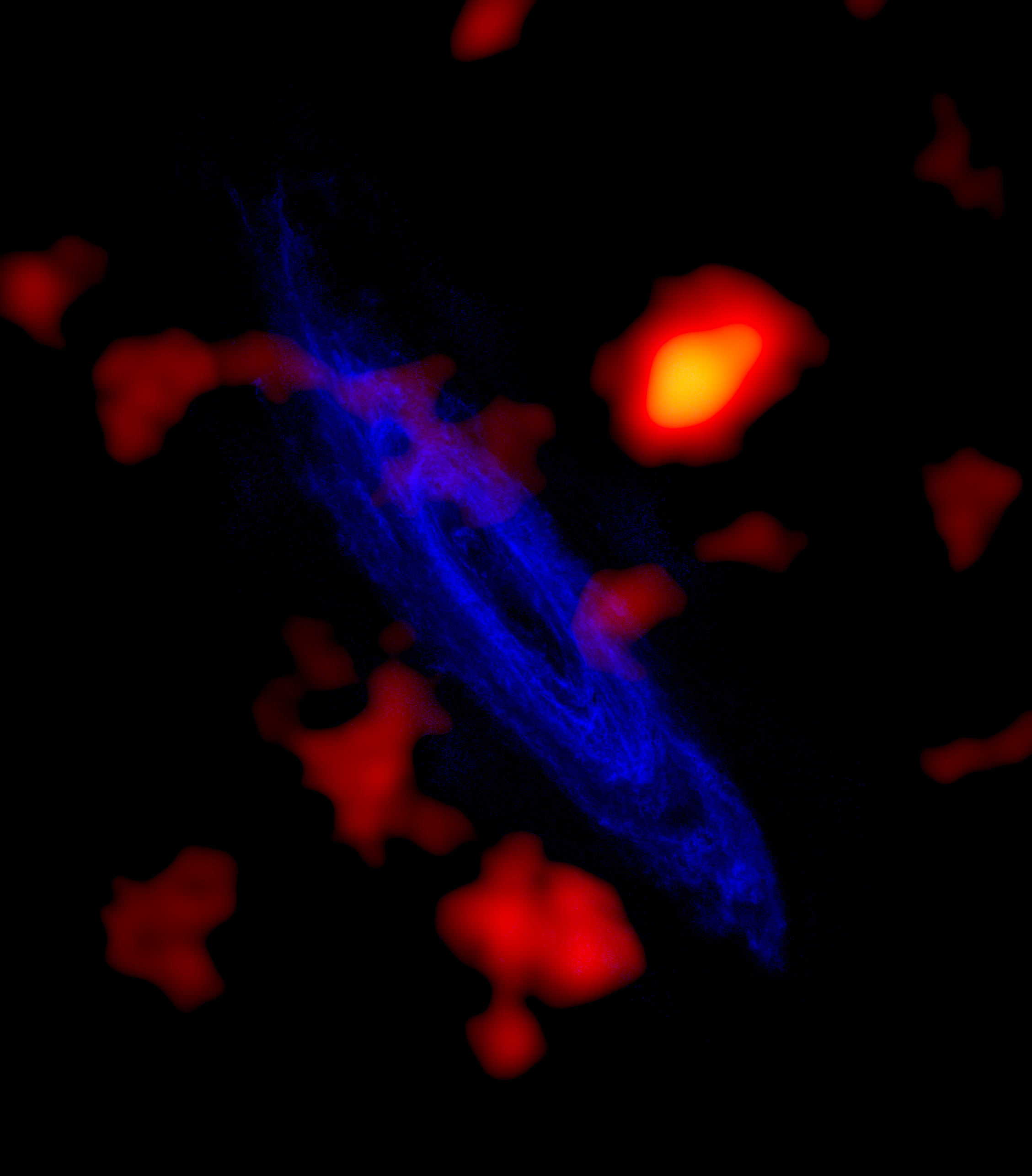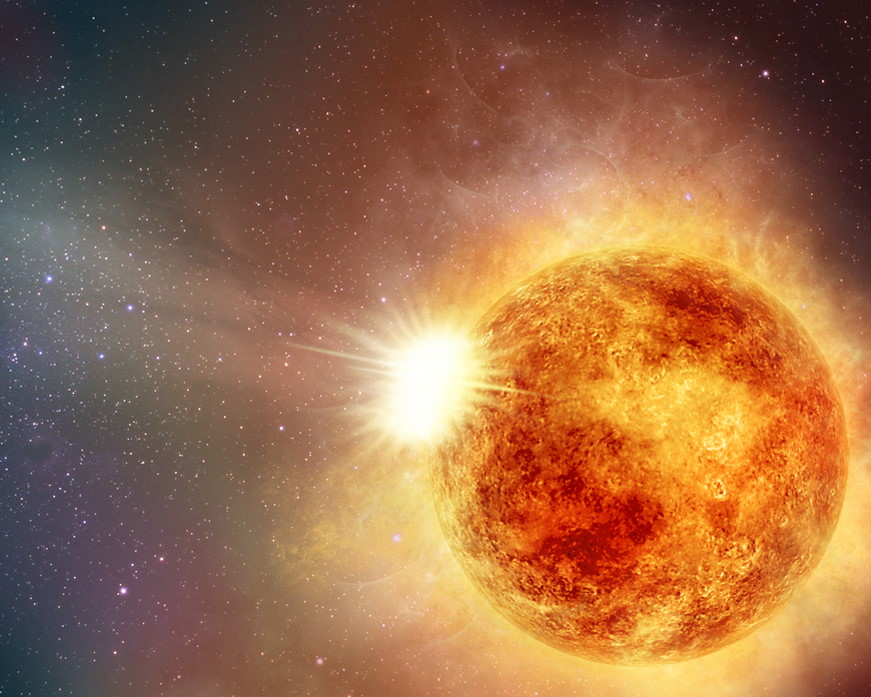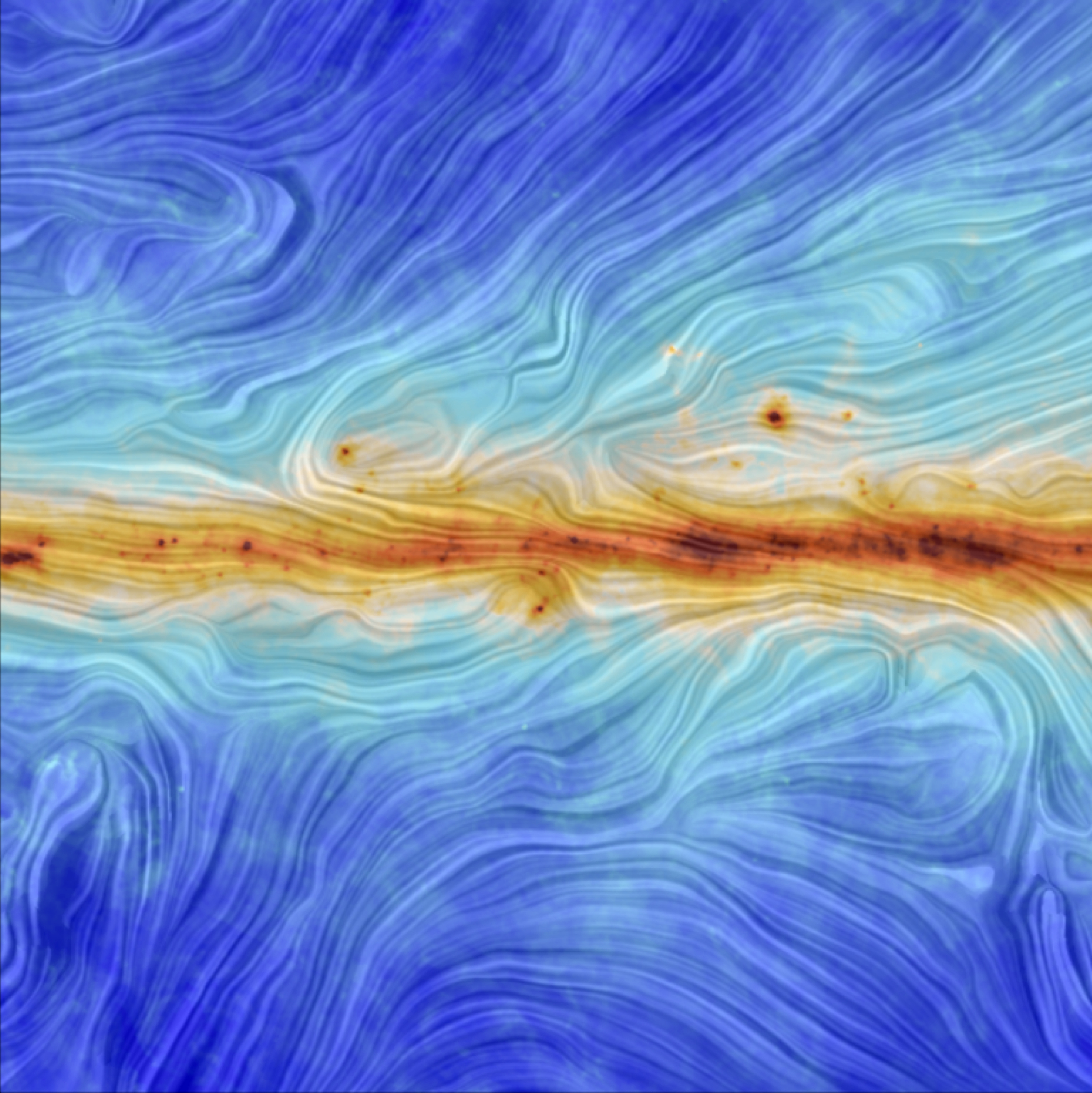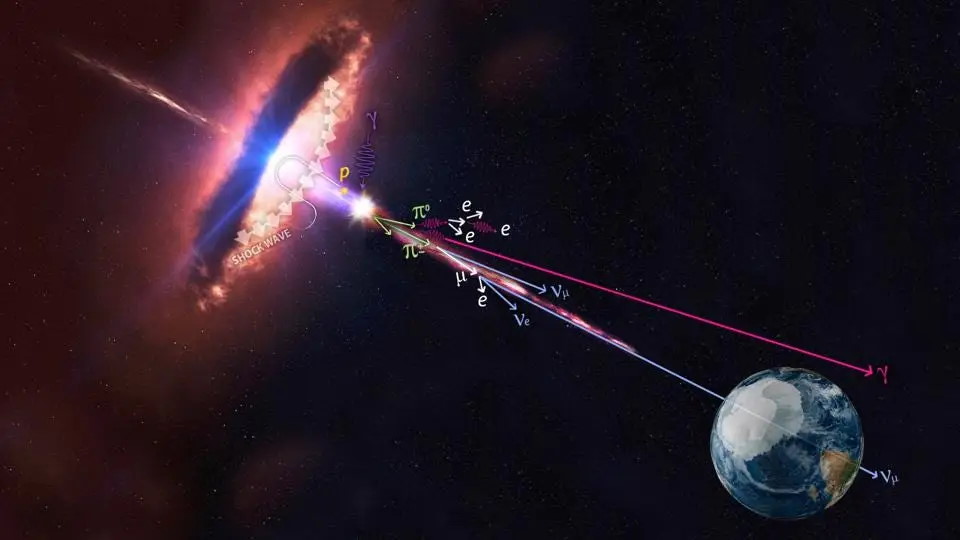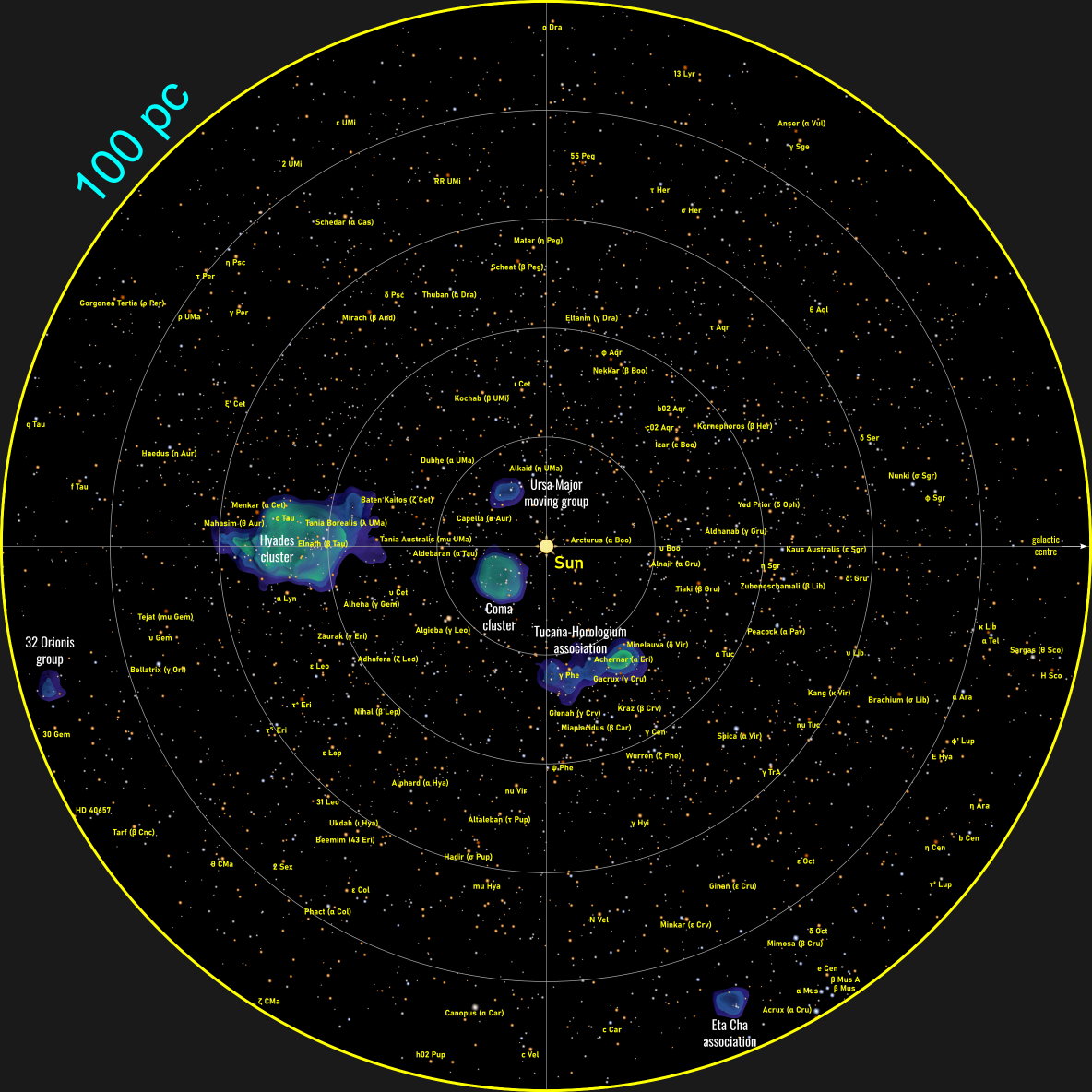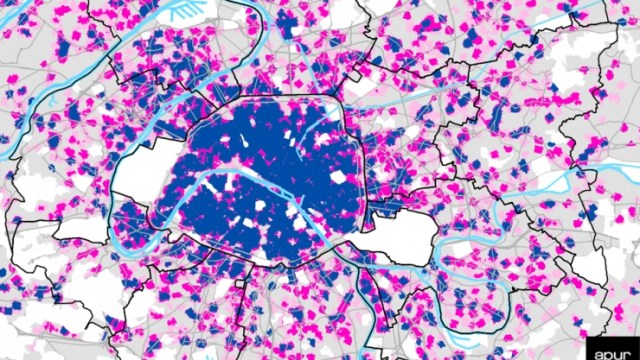Starts With A Bang podcast #91 — Hypermassive neutron stars
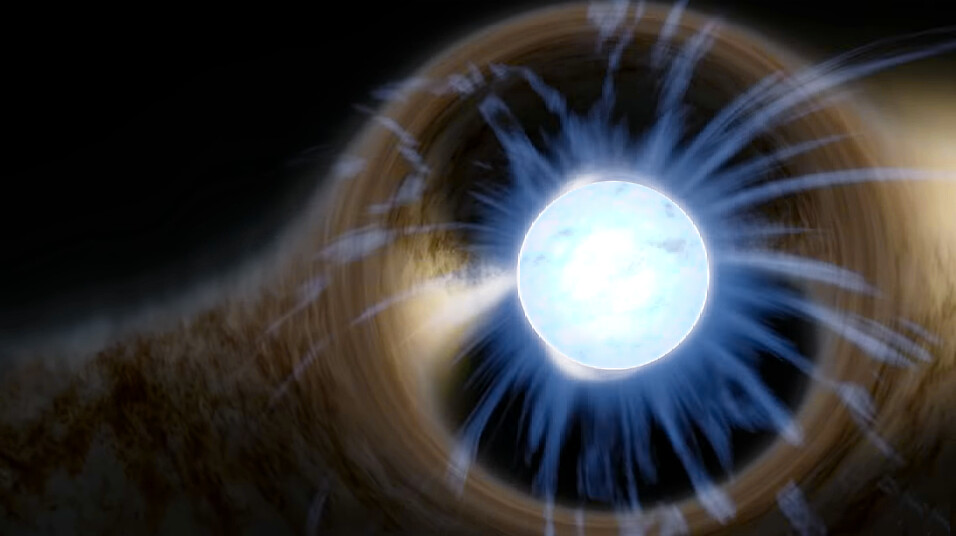
- Black holes and neutron stars form by the same mechanism: the collapse of the core of a very massive star.
- But neutron stars can also merge together, producing either a neutron star (below some threshold), a black hole (above it), but there is a third option, too.
- Sometimes, neutron star mergers make a hypermassive neutron star: that exists for under a second before becoming a black hole. This “edge case” is ultra-interesting.
When stars are born, they can come with a wide variety of masses. But there are only a few ways that stars can die, and only a few types of remnants that can be left behind: white dwarfs, neutron stars, and black holes. Neutrons stars and black holes are most frequently created from core-collapse supernova events: the deaths of massive stars. Somewhere, even though we’re not sure exactly where it is, there’s a dividing line between “what makes a neutron star?” and “what makes a black hole?” Somewhere out there, there’s a heaviest neutron star, and someplace else a lightest black hole.
But the dividing line might not be so clean, after all. It turns out that when neutron stars merge, they can form another neutron star, a black hole, or a third case: an in-between scenario. In this third case, you can temporarily form a hypermassive neutron star: a neutron star that’s too massive to be stable, but that collapses in short order to a black hole, but only after persisting as a neutron star for a detectable amount of time.
To help guide us through the science of hypermassive neutron stars, I’m so pleased to welcome Dr. Cecilia Chirenti to the show, a joint scientist at NASA Goddard and the University of Maryland, College Park. There’s a whole lot of cutting-edge science right at (and even over) the horizon of what we know today, and you won’t want to miss this information-rich episode!
